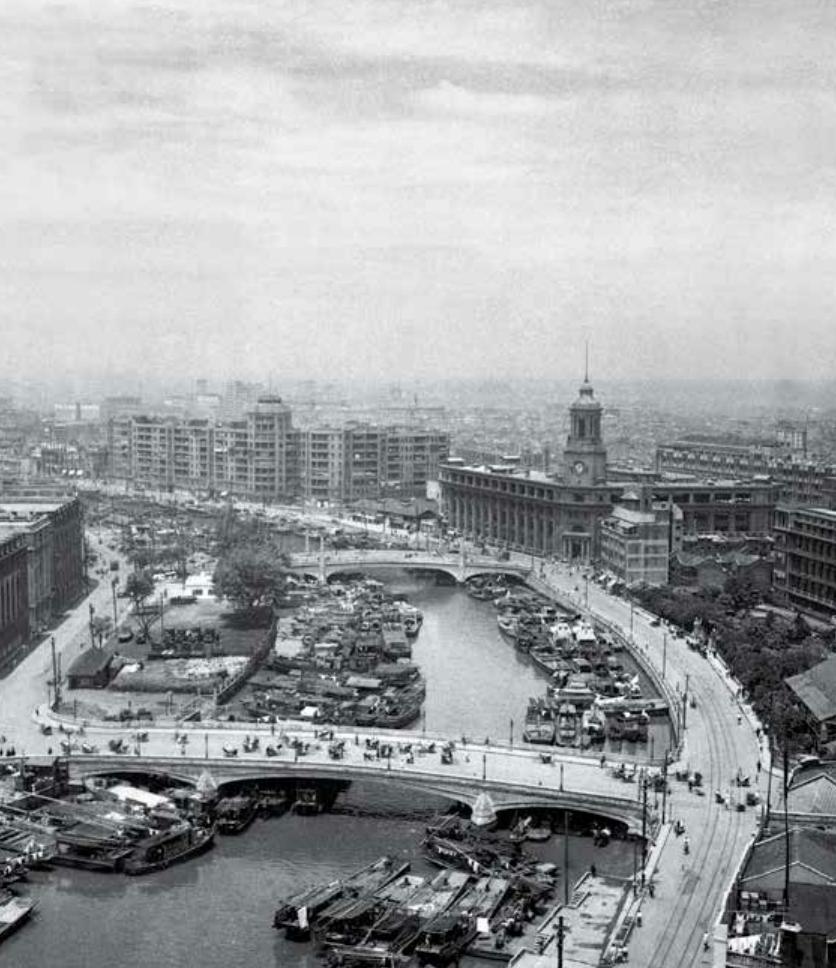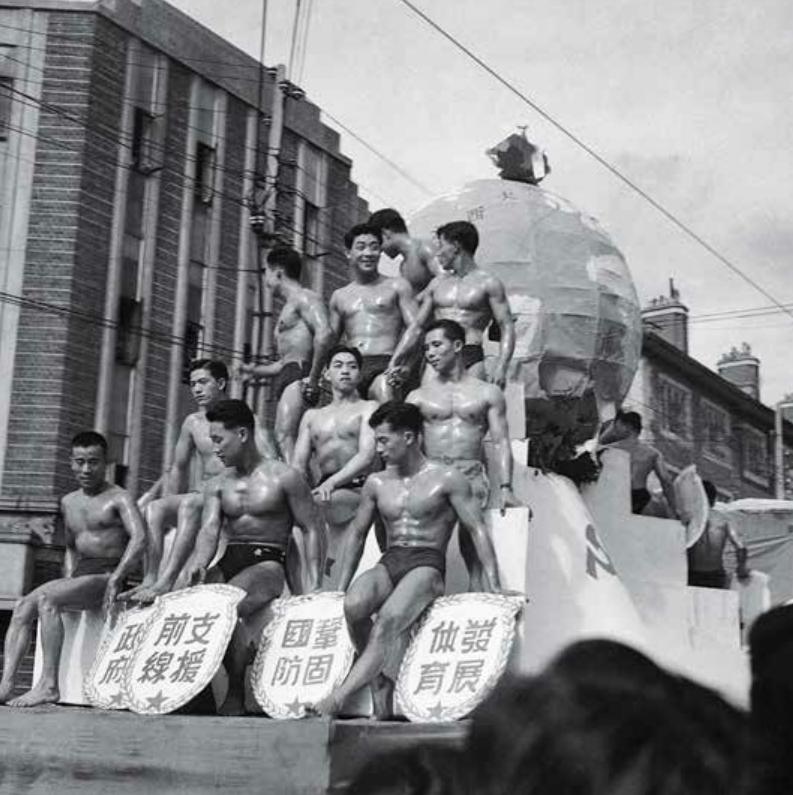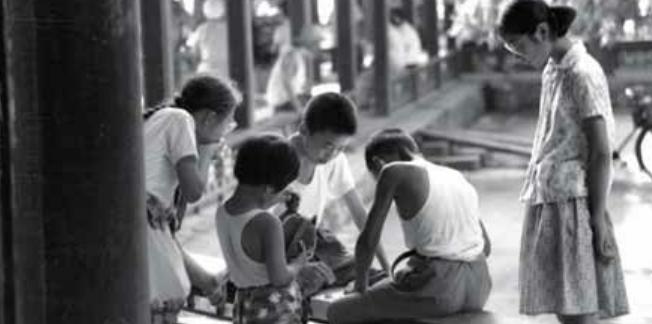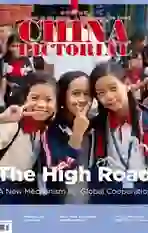Zhou Haiying Flashes of Memory
2019-05-06byYi
by Yi

Zhou Haiying (1929-2011) was the only son of eminent Chinese writer Zhou Shuren(1881-1936), who is better known by his penname Lu Xun. He had been obsessed with photography since childhood and snapped a wide range of subjects that cover every aspect of Chinese society over nearly 70 years. His photography documented not only his own family and contemporary public life, but also details of some important political incidents.
To celebrate Zhou Haiyings 90th birthday, the National Art Museum of China and the Lu Xun Culture Foundation jointly presented “The Moments of Memory—Photo Exhibition to Commemorate Zhou Haiyings 90th Birthday.” Zhous family donated some works to the National Art Museum of Chinas permanent collection to mark the event.
The exhibition featured more than 100 photos that showcase Zhou Haiyings aesthetic philosophy as a photographer and document some unforgettable moments of history.
History over Novelty
As son of one of the greatest writers of 20th-century China, Zhou Haiying grappled with his fathers shadow throughout his life. His father left instructions for Zhou Haiying in his will, warning him not to become “an artist or literati with a false title.”
“I grew up in the public eye, and the profound influence of my father has always encouraged me while exerting pressure,” Zhou Haiying once said.
In 1960, Zhou Haiying graduated from the Department of Physics at Peking University and became a researcher in radio science. Meanwhile, he had continued practicing photography since the age of 14 and over his lifetime amassed tens of thousands of negatives. A witness of both old and new China, he was sensitive to subjects related to the lives of common people. He captured not only the metropolitan lives of middle-class residents in traditional neighborhoods of Shanghai but also the lifestyles of common laborers. For instance,his Refugees series documented the living conditions of the underclass. His photos depicted a wide spectrum of society: lifestyles of rural people, wedding and funeral customs and farmers working in fields. Unconsciously, he captured the vivid moments of the times with the images he took, such as Food Hawker, Shoe Repairer and Street Peddler.
“My father influenced me a lot,” Zhou Haiying insisted. “His care for those at the bottom of society, especially a scene of him helping an injured rickshaw boy dress his wound, remains fresh in my memories. Such education by example deeply influenced me. My father taught me how to take photos and how to observe society and care about common people from their perspective.”
Zhou Haiyings photos may not have utilized any intricate photographic techniques, but they continually bring historical figures and moments back to life.“My father opposed taking staged photos,” commented Zhou Lingfei, the eldest son of Zhou Haiying.“He wanted real things. He never photographed people sitting there and waiting for a photo to be taken. Rather, he would wait until people moved, then capture them going about their business. He liked that feeling.”
His oeuvre of snapshots, mostly in black and white, provides historical details from both an individual and a collective perspective. Zhou Haiying once said, “I do not photograph as part of a ‘hunt for novelty. I only want my snapshots to bear witness to our times.”
“Perhaps for this reason, Zhou Haiyings photographic works pierce the depths of history that we have never seen before, which is helpful for us to understand people from the historical period of Lu Xun,”remarked Liu Tiesheng, a renowned Chinese photography critic.
Memories of the Times
Zhou Haiyings photos mainly fall into one of the three categories: images of Shanghai life in the 1940s, photos of democratic personages who moved from Hong Kong to the liberated area of northeastern China, and photos depicting Beijing life in the 1950s, including Fu Jen Catholic University and Peking University.
Because his mother Xu Guangping was a democratic icon of the time, Zhou Haiying was able to take photos of this group of people. Starting in August 1948, inspired by the promising prospects of the Chinese revolution, leaders of democratic parties as well as democratic patriots without party affiliation in Hong Kong embarked on a journey to liberated areas to prepare for the establishment of the Chinese Peoples Political Consultative Conference and the founding of the Peoples Republic of China. Zhou Haiying and his mother were among them. “I was 19 years old back then and came to liberated areas with hopes to help save the nation with science,”Zhou recalled.



Due to secrecy needs, those democratic personages didnt take photographers on their trips to the northern liberated areas. Zhou Haiyings photos become the only existing photographic “evidence” of this episode of history in modern China.
